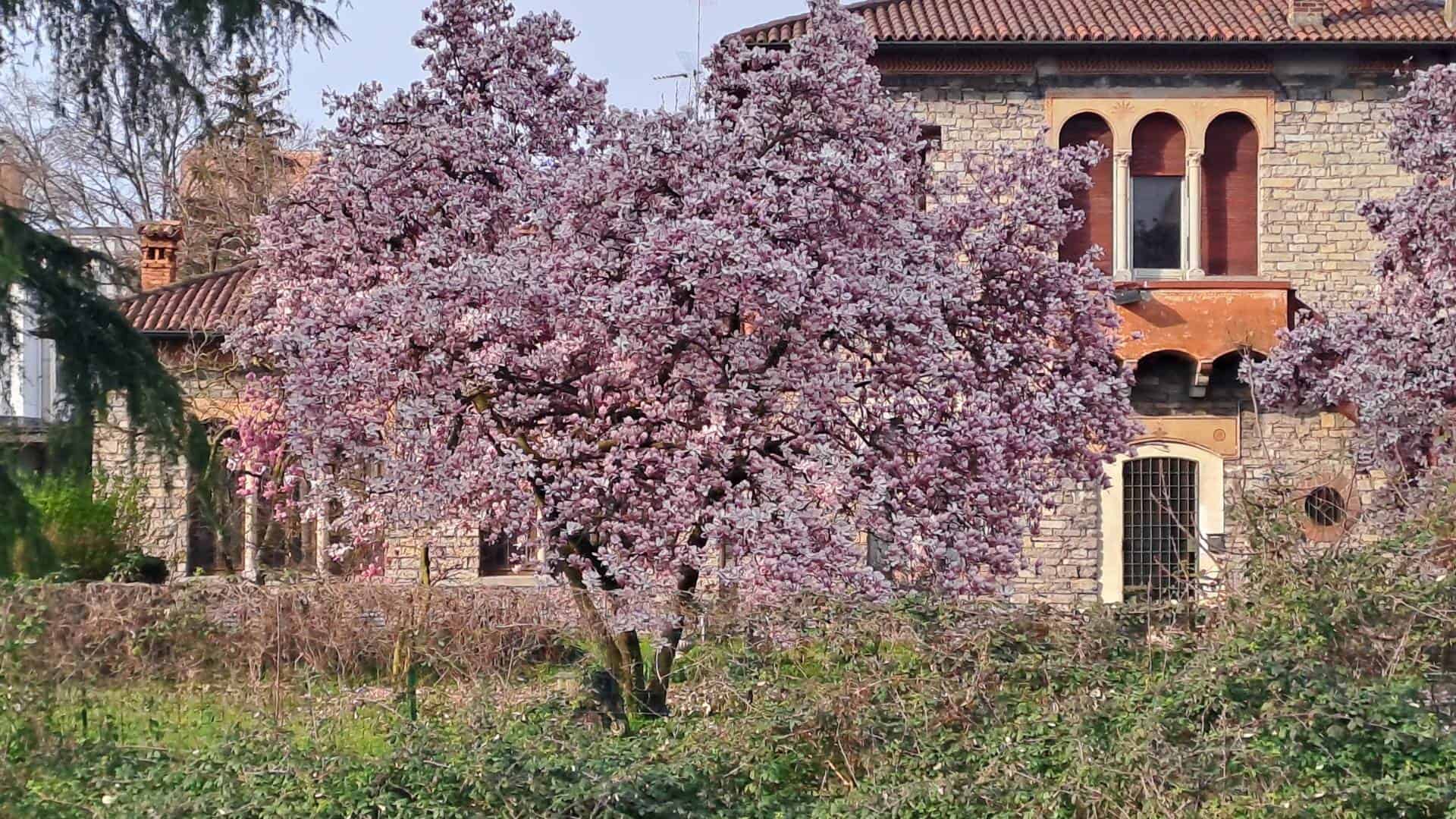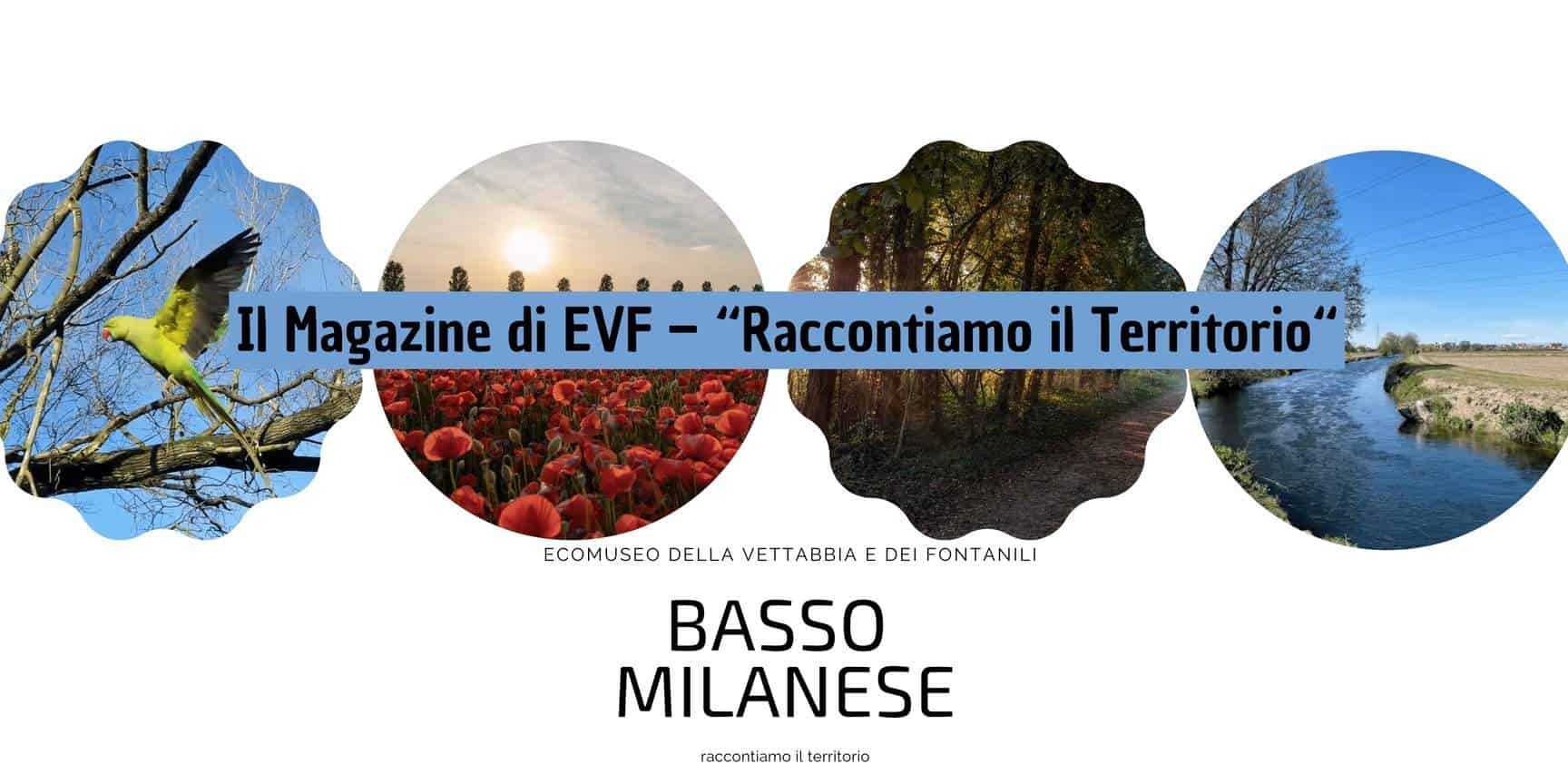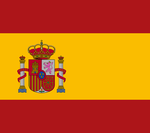Home » Itinerari » Paesaggi » Luoghi di Interesse » Villa Volontè
Villa Volontè
Summary

Between San Giuliano Milanese and San Donato Milanese, right in front of Molino Fiocchi, Villa Volontè stands along the SS9 Via Emilia.
Features of Villa Volontè
This neo-Gothic style villa was commissioned by Luigi Volontè, who entrusted architect Soave Felice with its design. However, Felice passed away before the villa was completed.
The project was carried out by engineer Eugenio Crespi and reviewed by the Building Commission without any particular objections. The construction permit was granted in June 1911.
Villa Volontè, located in Borgolombardo, was built as part of an urban development plan initiated by Luigi Volontè, who founded the Borgolombardo district in 1925 after purchasing a vast area of land from the Litta Modignani marquises.
The land was intended for a series of cottages for workers and agricultural laborers, following a precise urban plan. Volontè’s goal was to create an infrastructure and service network benefiting the residents—a vision that Borgolombardo still maintains today with its railway station and civic services. Some of these houses, though part of Borgolombardo, face the municipality of San Donato Milanese.
The villa’s main structure was completed in the late 1920s.
Villa Volontè is a neo-Gothic style building, characterized by elegant lines and architectural charm. Next to the villa, there is a mill and a residence for laborers; these structures date back to the 18th century but were renovated in the 1930s.
The villa reflects typical neo-Gothic architectural features, drawing inspiration from medieval Gothic architecture, with pointed arches, spires, biforate windows, and rose windows. These elements give the residence a majestic and fairy-tale-like appearance.
The decoration is intricate and elaborate, featuring wooden carvings, sculptures, friezes, and stained-glass windows. The windows have leaded glass forming geometric patterns or religious representations.
The exterior is built with materials such as stone, bricks, and wood, which provide solidity and authenticity to the structure.
Unfortunately, little is known about the villa’s interior, but Luigi Volontè had a passion for artistic works, leading to the assumption that the interiors were just as fascinating. The neo-Gothic style typically includes vaulted ceilings, frescoes, carved furniture, and elaborate chandeliers.
As mentioned earlier, the garden, adorned with two stunning Japanese magnolias with pink blossoms, reflects the taste of the era and is reminiscent of English-style gardens.
This residence exudes a romantic and mysterious atmosphere, evoking a sense of nostalgia. It is an ideal place to immerse oneself in the history and art of the 19th-century Lower Milan area.
Who Was Luigi Volontè, Founder of the Villa
Born on April 22, 1894, Luigi Volontè was an Italian politician and trade unionist. His life was marked by a strong commitment to the labor and trade union movement.
As previously mentioned, in 1925, Luigi Volontè purchased a vast area of land from the Litta Modignani marquises in Borgolombardo, in the municipality of San Giuliano Milanese. His goal was to create a series of houses for workers and agricultural laborers in the area. The construction of Villa Volontè was completed in the late 1920s.
In 1930, Luigi Volontè became the General Secretary of the Italian Federation of Woodworkers (FILL). During his tenure, he worked to improve the working conditions of those in the wood industry.
After World War II, in 1946, Volontè was one of the founders of the Italian General Confederation of Labor (CGIL) and served as its General Secretary until 1950.
In 1950, he was elected to the Chamber of Deputies as a representative of the Italian Socialist Party (PSI). Throughout his political career, he fought for workers’ rights and greater social justice.
In 1960, when the villa was designated as a protected site under a ministerial decree, Luigi Volontè donated it to the municipality of San Giuliano Milanese.
His legacy remains deeply rooted in his social commitment to improving workers’ lives, a philosophy later adopted by Enrico Mattei, who pursued similar initiatives in San Donato Milanese.
Villa Volontè Today
The municipality of San Giuliano Milanese has assigned Villa Volontè to several local organizations:
- Municipal Nursery School: A space dedicated to the care and education of preschool children. Here, young children can play, learn, and socialize under the supervision of qualified educators. The nursery offers a safe and stimulating environment that fosters cognitive, emotional, and social development.
- Alpini Group of San Giuliano Milanese: The headquarters of the San Giuliano Milanese Alpini Group, dedicated to Enrico Fornoni, is located in the former laborers’ residence, separate from the villa. Online sources describe this location as very beautiful and functional.
- Senior Citizens’ Community Center – Via Parlamento: This center, housed in Villa Volontè, provides ongoing support and educational and recreational opportunities for young people facing socio-cultural disadvantages or disabilities.
Sources
- Ornato Fabbriche Archive, Milan
- Rustego, “The Curious Story of the ‘Volontè Farm,’ Now Disappeared” (Urbanfile Milan)
- Lombardy Cultural Heritage, “Case Nuove del Bettolino – Complex” (San Giuliano Milanese)
- Other sources suggested by Copilot
- Immersive Experience: Although it was not possible to enter or approach the site, Deborah Esposito (EVF) visited the location, drawn by the blooming magnolias, to take photographs for SeasonSnap 2024. Unfortunately, the site’s distance prevented her from capturing detailed images of the trees, but the visit revealed an extraordinary place and history.
traduzione a cura di Piera Scudeletti – EVF



